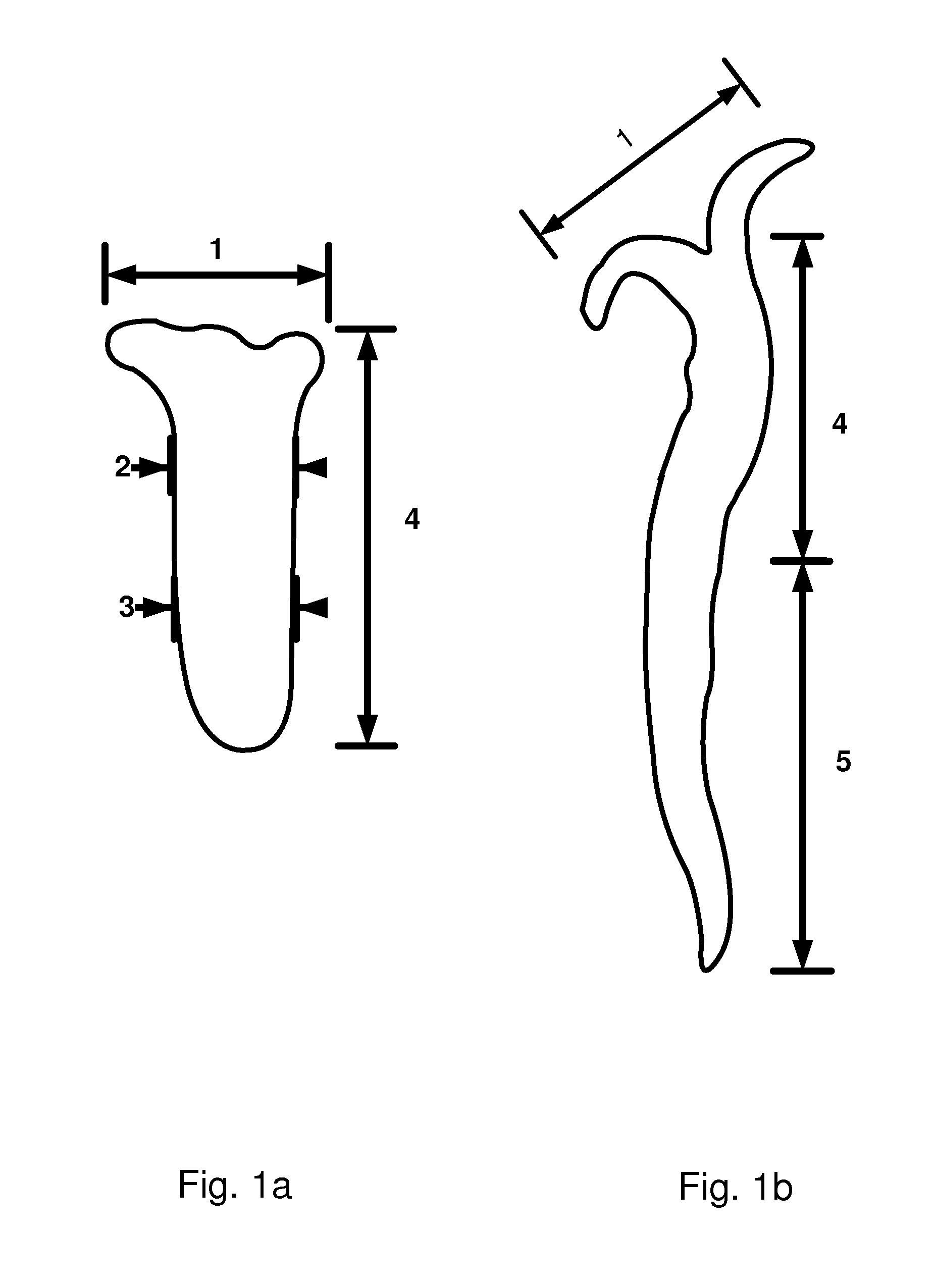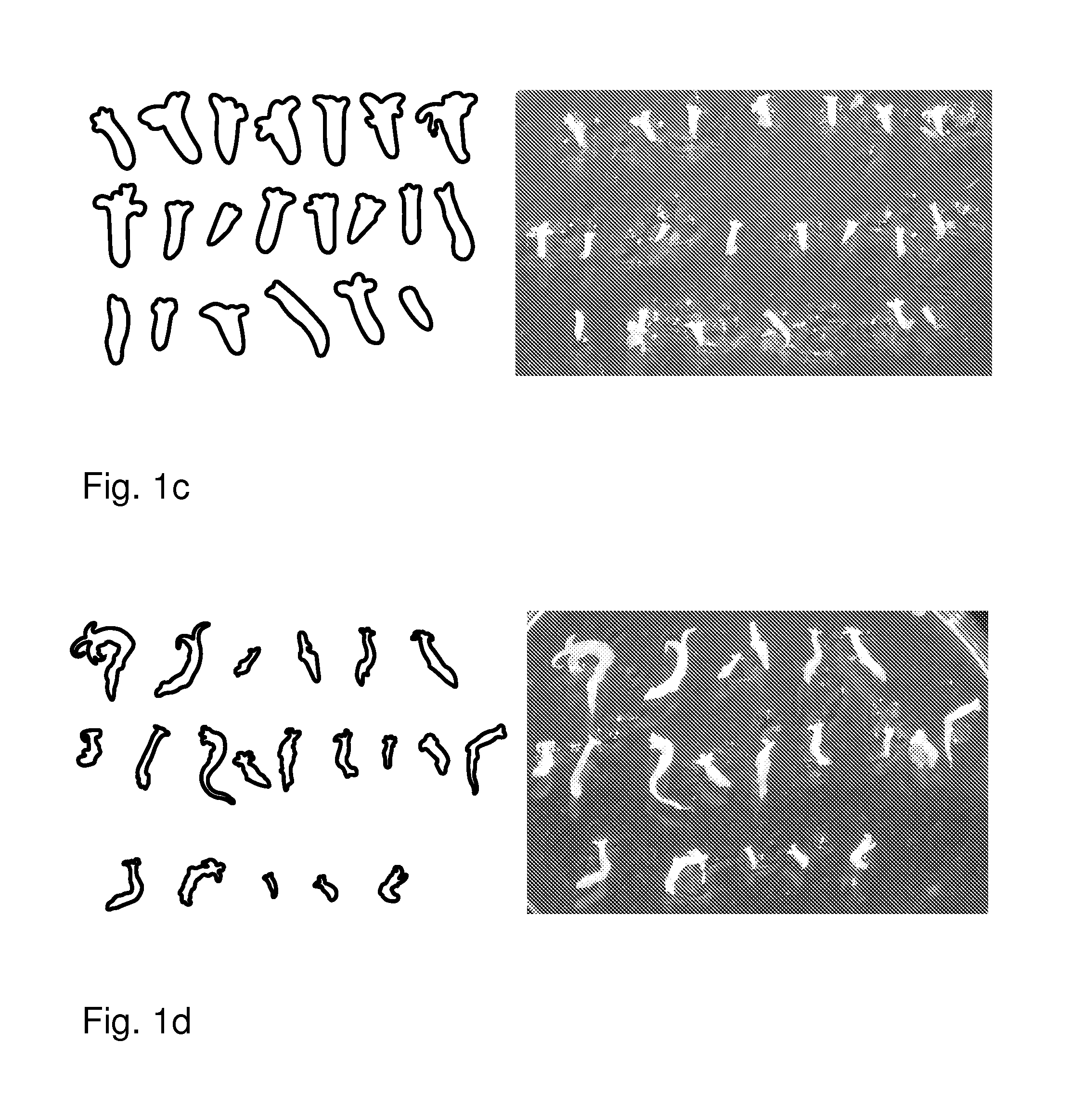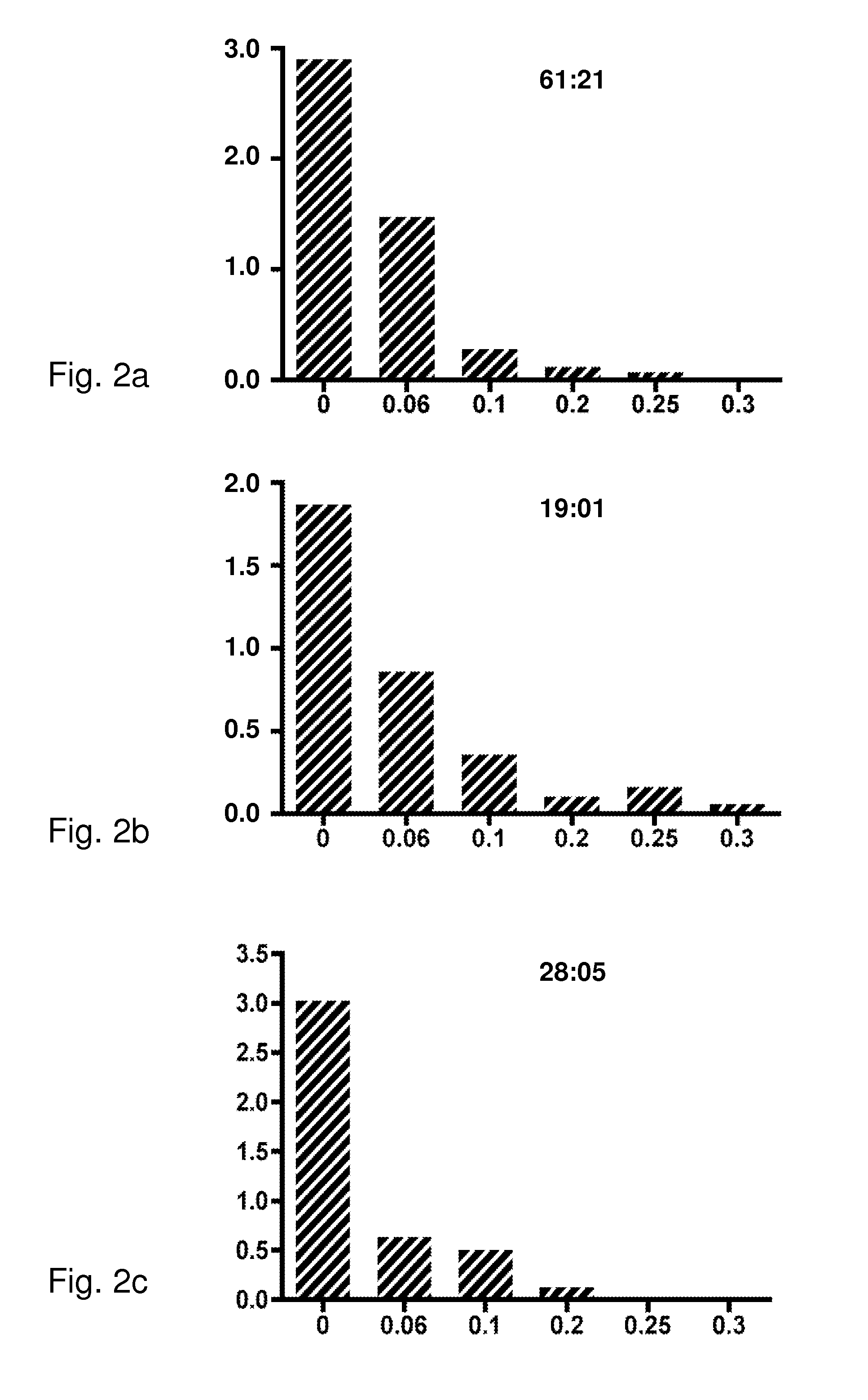Method for maturing and synchronizing conifer somatic embryos
a somatic embryo and conifer technology, applied in the field of somatic plant embryo production, can solve the problems of affecting the quality of subsequent conversion to plantlets, adding to the labor involved, and achieving significant economic impact, and achieve the effect of significant economic impa
- Summary
- Abstract
- Description
- Claims
- Application Information
AI Technical Summary
Benefits of technology
Problems solved by technology
Method used
Image
Examples
example 1
[0081]The aim of the experiment was to infect somatic embryos of Norway spruce with a virus using a particle gun according to a routine method (Clapham et al. 2000: Scand. J. For. Res. 15:151-160) and derive plants containing the virus. The original standard bombardment procedure was developed for the transformation of embryogenic cultures consisting of immature embryos (i.e. proembryonic masses or PEMs). In the original protocol, from one to two hours before bombardment with gold particles coated with DNA, the cells are temporarily plasmolyzed with 0.25 M myo-inositol in proliferation medium (Table 2) to reduce damage from the penetration of the gold particles.
[0082]In the present experiment, mature embryos instead of PEMs were bombarded. The cultures of cell line 06:28:05 had been matured on standard DKM medium containing ABA for 50 days before bombardment. The embryos were exposed to medium containing 0.25 M inositol for 1-2 hours before bombardment. After bombardment the cells w...
example 2
[0084]Several experiments were performed to confirm the observations of Example 1 and to refine the novel culture method. Subsequent experiments confirm that the process of bombardment itself has no effect additional to the inclusion of 0.25 M myo-inositol in the medium. In the present experiment, embryogenic cultures of the same cell-line 06:28:05 were matured in bioreactors that enabled periodic temporary submersion in liquid DKM containing ABA. In two bioreactors, the embryos were matured for 38 days in DKM+ABA, then for 25 days in DKM+0.25 M inositol+ABA. In two control bioreactors, the cultures were maintained continuously in DKM+ABA, without the inositol treatment.
[0085]The embryos treated with inositol were strikingly more uniform, and broader in relation to length, than those of the controls. Whereas one reactor was more than sufficient to provide 130-140 high quality experimental embryos for the germination experiments, both of the control reactors were required to provide ...
example 3
Comparison of Inositol with Other Sugar Alcohols and with Sucrose
[0087]The action of 0.25 M inositol in improving somatic embryo quality is likely to be partly osmotic, partly nutritional, with cell signaling effects also involved. The inventors tested whether 0.25 M inositol could be replaced with 0.25 M of other sugar alcohols (mannitol and sorbitol) or 0.25 M extra sucrose by spreading 1.0 to 1.5 g fresh weight of embryogenic cells, cell-line 06:28:05, on each of six plates of solid DKM+ABA maturation medium for continued growth and development over four weeks, with one subculture after 2 weeks. The cells were then subcultured onto three plates each (1.0-1.5 g cells per plate) of medium containing in addition either a) 0.25 M inositol, or b) 0.125 M mannitol and 0.125 M sorbitol, or c) 0.25 M sucrose. Control cells continued on standard medium. After three weeks, embryos of good quality were transferred to germination medium, ten embryos per petri dish, as a rough quantitative es...
PUM
 Login to View More
Login to View More Abstract
Description
Claims
Application Information
 Login to View More
Login to View More - R&D
- Intellectual Property
- Life Sciences
- Materials
- Tech Scout
- Unparalleled Data Quality
- Higher Quality Content
- 60% Fewer Hallucinations
Browse by: Latest US Patents, China's latest patents, Technical Efficacy Thesaurus, Application Domain, Technology Topic, Popular Technical Reports.
© 2025 PatSnap. All rights reserved.Legal|Privacy policy|Modern Slavery Act Transparency Statement|Sitemap|About US| Contact US: help@patsnap.com



